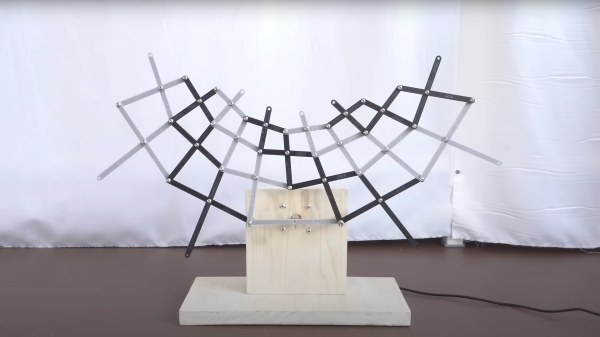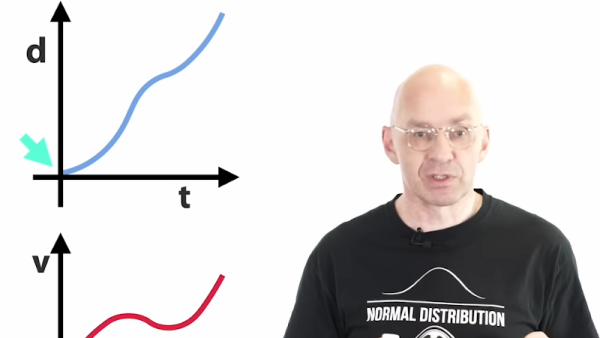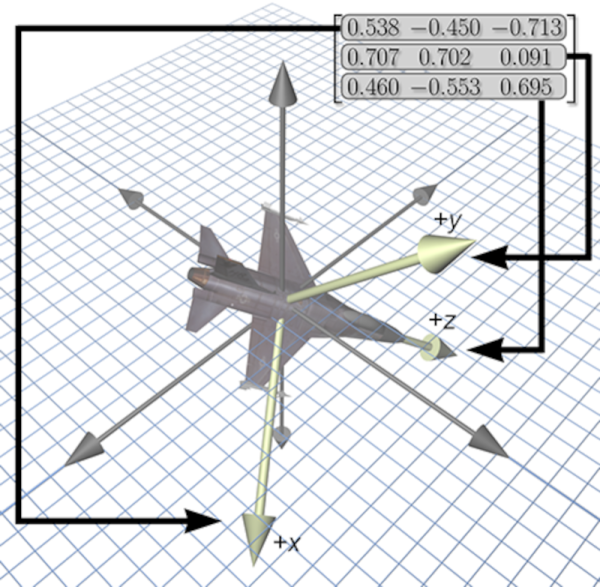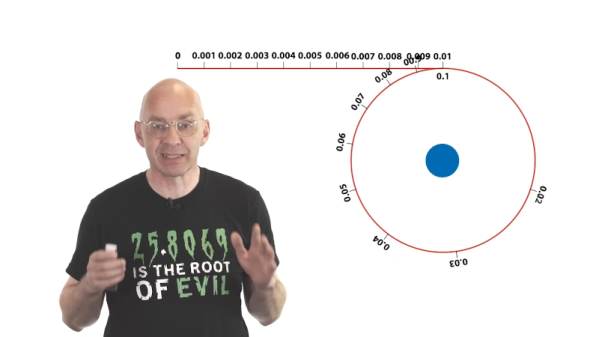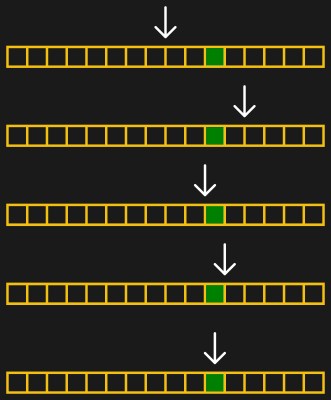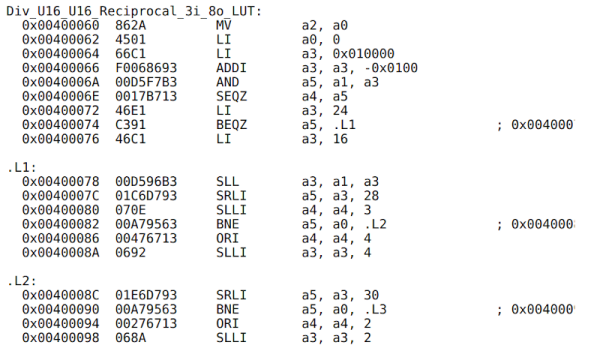[Henry Segerman] and [Kyle VanDeventer] merge math and mechanics to create a kinetic cyclic scissors sculpture out of 3D printed bars adjoined together with M3 bolts and nuts.
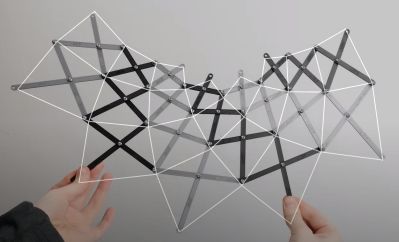
The kinetic sculpture can be thought of as a part of an infinite tiling of self similar quadrilaterals in the plane. The tiling of the plane by these self similar quadrilaterals can be realized as a framework by joining the diagonal points of each quadrilateral with bars. The basic question [Henry] and [Kyle] wanted to answer was under what conditions can the realized bar framework of a subsection of the tiling be made to move. Surprisingly, when the quadrilateral is a parallelogram, like in a scissor lift, or “cyclic”, when the endpoints lie on a circle, the bar framework can move. Tweaking the ratios of the middle lengths in a cyclic configuration leads to different types of rotational symmetry that can be achieved as the structure folds in on itself.
[Henry] and [Kyle] go into more detail in their Bridges Conference paper, with derivations and further discussions about the symmetry induced by adjusting the constraints. The details are light on the actual kinetic sculpture featured in the video but the bar framework was chosen to have a mirror type of symmetry with a motor attached to one of the central, lower bars to drive the movement of the sculpture.
The bar framework is available for download for anyone wanting to 3D print or laser cut their own. Bar frameworks are useful ideas and we’ve seen them used in art sculptures to strandbeests, so it’s great to see further explorations in this space.
Video after the break!

